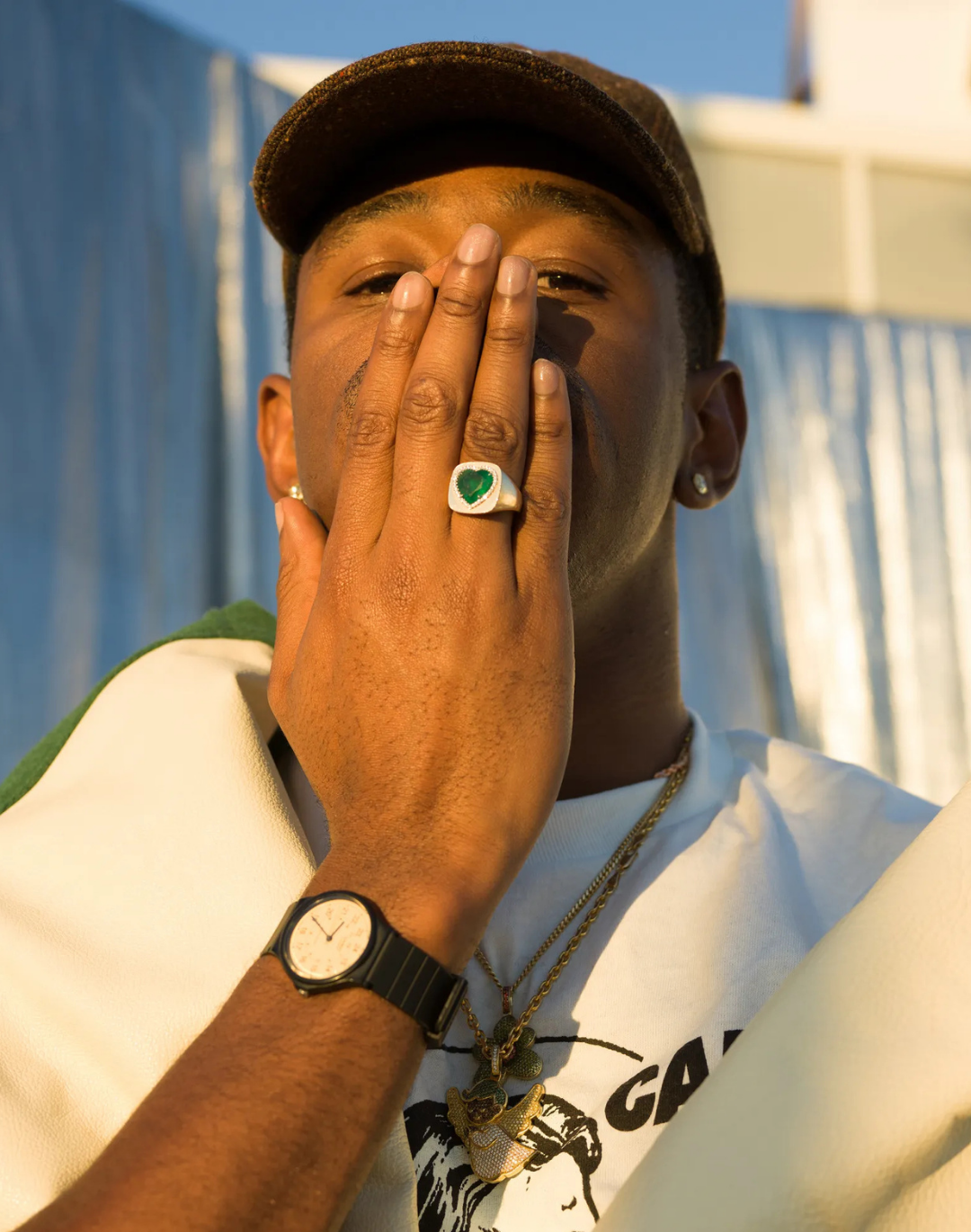
China no longer buys European jewelry Sino-nationalism has affected precious metals as well
This morning, the financial results of the Richemont Group from March to September were published. The new data highlighted a 1% decline in overall revenues, a clear indication of the sharp drop in demand in key markets such as China, Hong Kong, and Macau. According to the Swiss luxury group, sales in the region suffered a 27% collapse over the six months ending in September. The jewelry sector, with leading brands like Cartier and Van Cleef & Arpels, confirmed its status as the cornerstone of Richemont's business, showing a 2% growth despite the slowdown in China. In stark contrast, the watchmaking division, which includes prestigious brands like IWC and Jaeger-LeCoultre, experienced a 17% drop in sales, also significantly affected by the decrease in Chinese demand. The contraction of sales in China offset the positive performance in other geographical areas, such as Japan, where Richemont recorded a 42% sales surge at constant exchange rates from March to September, while in the Americas, there was an 11% increase, surpassing LVMH's results in the same region by 10 percentage points. Europe also showed signs of growth, with a 4% increase, while the Middle East and Africa reported an 11% rise. So, what is happening to the Chinese market if Richemont is performing well in other regions?
RICHEMONT m'a tuer pic.twitter.com/Kt7QzOXSY7
— JM (@tradingdedaubes) November 8, 2024
High jewelry and watchmaking have always been effective indicators of the health of the luxury market, particularly because they cater to an elite clientele, often limited to the true VIC. The jewelry market not only embodies the essence of luxury but is also particularly sensitive to economic fluctuations and geopolitical uncertainties. A contraction in sales in these sectors often signals a broader crisis, indicating shifts in high-income consumers' priorities and purchasing behaviors. The top 1% of consumers play a crucial role in the luxury market, as they are the only ones capable of maintaining brand profit margins due to the high prices. Luca Solca, an analyst at Bernstein, described the recent performance of Richemont’s watchmaking division as “materially worse than expected,” highlighting a decline that was far more severe than the projected 8.5%. This figure underscores the challenges that even the most established luxury groups face today and the extent to which their growth has relied on Chinese consumer spending. On one hand, this could be attributed to the phenomenon of "luxury shame", a catalyst for the luxury crisis in China, while on the other hand, an important trend is emerging where consumers are increasingly favoring local luxury jewelry over international brands.
The rise of local brands is rooted in a new sense of national pride and an increasing awareness of Chinese cultural identity. Consumers, especially Millennials and Gen Z, have started seeking products that not only represent a status symbol but also tell a unique and authentic story, deeply embedded in local tradition and culture. This phenomenon, in addition to having a cultural heritage dimension, could also be linked to the actions taken by the Chinese government over the past decade. By strongly promoting nationalism and protectionism, the government's policies have pushed high-fashion brands to adapt as much as possible to Chinese culture in order to build a sense of connection with their clientele. The impact of these policies became even more pronounced with the advent of trade wars, which increased the cost of imports and continued to discourage consumers from purchasing from official retail channels while promoting duty-free shopping zones, such as the malls on Hainan Island.
At the same time, brands like Chow Tai Fook and emerging designers like Wallace Chan and Feng J have gained significant popularity in the country, thanks to their ability to engage with an audience that increasingly values fashion as an expression of cultural identity. The appreciation for local luxury jewelry is amplified by how Chinese brands have connected with the public through patriotism and a return to their roots. Unlike international brands that primarily focus on global prestige and their long European heritage, local brands offer a more direct emotional connection, celebrating their cultural and national legacy while reinterpreting traditional motifs in a modern key that resonates with the country's rich culture. This ability to bridge the past and present is a powerful tool in a society fundamentally centered around national values. Additionally, Chinese social platforms such as Xiaohongshu and WeChat play a crucial role in spreading these trends. The visibility given to designers and local brands on these channels enhances interest in jewelry that combines innovative design and alternative materials, helping to build a community of informed and passionate consumers. The success of niche Chinese jewelry is evident on social media, where it garners millions of views on local platforms, alongside the hashtag #MadeInChina. With Made in Italy continuing to decline, one might begin to wonder if we are living in a parallel universe.















































